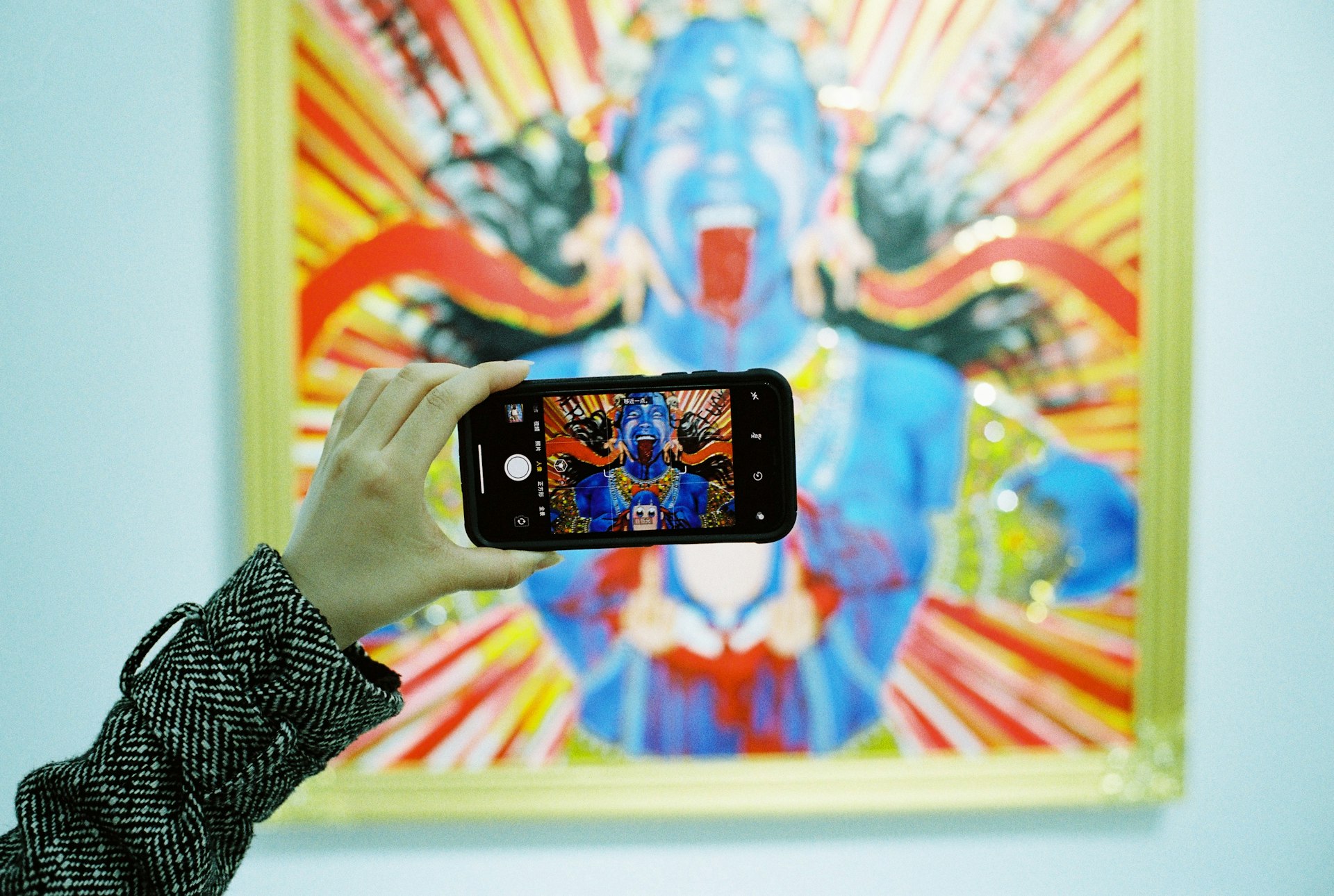Proven Digital Detox Strategies for Building Healthier Daily Routines

Photo by Look Studio on Unsplash
Introduction: The Importance of a Digital Detox
In an age where screens dominate work, social life, and even relaxation, many people find themselves yearning for healthier routines. Digital detox strategies offer a pathway to restore balance, improve physical and mental well-being, and foster more intentional living. Research shows that excessive screen time can lead to poor sleep, higher stress, and even increased risk of obesity [1] . By implementing well-planned digital detox methods, you can regain control over your habits and create sustainable, positive routines.
Understanding Your Digital Habits
The first step toward an effective digital detox is to understand how technology fits into your life. Begin by tracking your average daily screen time and identifying which activities are essential and which are simply habitual. Most smartphones now include built-in screen-time tracking features-on iPhone, use the Screen Time app; on Android, use Digital Well-Being settings [3] . Review this data for a week, noting patterns and emotional responses to different types of digital engagement.
Ask yourself the following questions:
- How much time do I spend on screens for work versus leisure?
- Which digital activities leave me feeling refreshed, and which leave me drained?
- Are my technology habits aligned with my personal values and priorities?
This self-assessment will help you set realistic and meaningful goals for your digital detox.
Setting Realistic and Personalized Boundaries
Committing to a digital detox does not mean eliminating all screen time. Rather, it involves creating boundaries that prioritize your well-being and align with your lifestyle. Experts suggest starting with small, achievable steps, such as designating tech-free times or zones in your home [2] . For example, keep devices out of the bedroom to promote better sleep, or establish an “unplugged hour” each evening for relaxation and offline activities [1] .
Implementation guidance:
- Start by avoiding screens for 15 minutes daily, then gradually increase the duration over a week or two.
- Designate specific “tech-free” periods, such as meal times or the first hour after waking up.
- Communicate your boundaries to friends and family, so they understand and respect your availability [5] .
Personalization is key. If your work requires regular connectivity, consider limiting only non-essential screen time or using focus modes to reduce distractions.
Leveraging Technology to Support Your Detox
Technology can actually help you unplug. Use your device’s built-in tools to monitor and manage usage. For instance:
- Set app-specific limits on social media or entertainment platforms.
- Enable focus or do-not-disturb modes during crucial work or rest periods.
- Switch your display to grayscale to make scrolling less appealing during off-hours [5] .
There are also third-party apps such as Forest, Moment, or Space, which can track your screen habits and encourage mindful breaks [4] . Choose the approach that best fits your preferences and tech environment.
Replacing Screen Time With Healthy Alternatives
A major reason digital detoxes succeed is that they make space for healthier activities and routines. Consider these alternatives:
- Engage in physical activity-go for a walk, try yoga, or join a fitness class. Studies show that replacing screen time with exercise reduces the risk of obesity and promotes emotional resilience [1] .
- Reconnect with offline hobbies such as reading, journaling, cooking, or creative arts.
- Practice mindfulness or meditation to reduce stress and improve focus.
- Organize in-person social gatherings, which can enhance emotional well-being far more than digital interactions [4] .
To make your new habits stick, pair screen-free time with specific activities. For example, leave your phone in another room during dinner, or join a local community group that meets regularly.
Overcoming Common Challenges
Changing digital habits is not always easy. Many people struggle with cravings to check their devices or worry about missing important updates. To address these challenges:
- Turn off non-essential notifications, so you are not constantly interrupted [2] .
- Set up environmental cues, such as placing books by your bed or keeping charging stations outside the bedroom [5] .
- Enlist support from friends or family, or join a group with similar goals.
- Track your progress and celebrate small successes to build motivation.
Research shows that flexible, context-specific strategies and support systems (such as counseling, peer support, or digital monitoring tools) increase adherence and reduce negative feelings associated with digital withdrawal [4] .
Maintaining a Sustainable Digital Detox
Long-term success depends on building habits rather than relying on willpower alone. Here are ways to ensure your digital detox becomes part of a healthier routine:

Photo by Peter Burdon on Unsplash
- Review and adjust your boundaries regularly as your needs change.
- Reflect periodically on the benefits you’ve noticed, such as improved sleep, better relationships, and greater productivity.
- Stay mindful of how technology can support your goals rather than detract from them.
Remember, it’s common to slip back into old patterns occasionally. The key is to return to your new routines with intention and self-compassion.
How to Access Support and Resources
If you find it difficult to manage screen time on your own, many organizations and healthcare providers offer support:
- Consult with a mental health professional for personalized strategies. You can search for licensed therapists through reputable directories or ask your healthcare provider for referrals.
- Look for digital wellness programs through your local community center, library, or university.
- Use official government or nonprofit organizations for additional guidance. For example, the National Sleep Foundation provides resources on sleep and technology. Visit their official website and search for “technology and sleep.”
- Explore reputable online toolkits, such as Lifeline’s Digital Detox Support Toolkit, for step-by-step strategies [3] .
For parents, consider using parental controls built into your devices or seeking advice from child development experts to help children and teens develop healthy digital habits.
Key Takeaways
Digital detox strategies are most effective when they are personalized, flexible, and supported by both technology and your social environment. By setting realistic boundaries, leveraging helpful tools, and replacing screen time with rewarding alternatives, you can create a foundation for healthier routines and improved well-being.
References
- Newport Institute (2024). 8 Tips for How to Do a Digital Detox in 2025.
- Prairie Care (2025). How to Do a Digital Detox: 8 Tips to Get Started.
- Lifeline Support Toolkit (2023). How to do a digital detox.
- Setia, S. (2025). Digital Detox Strategies and Mental Health.
- Inspira Health Network (2025). Digital Detox: Setting Screen Time Boundaries That Stick.



